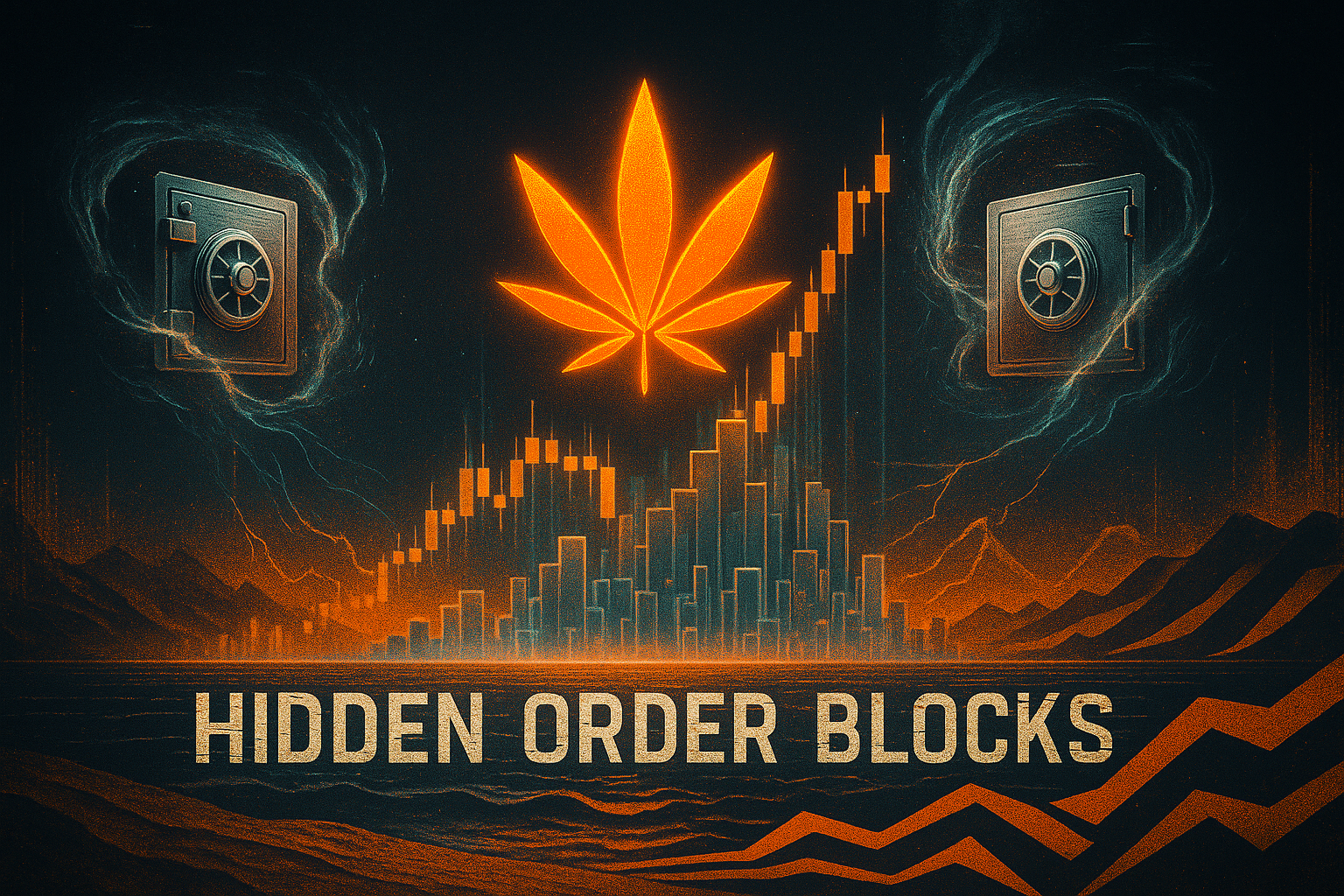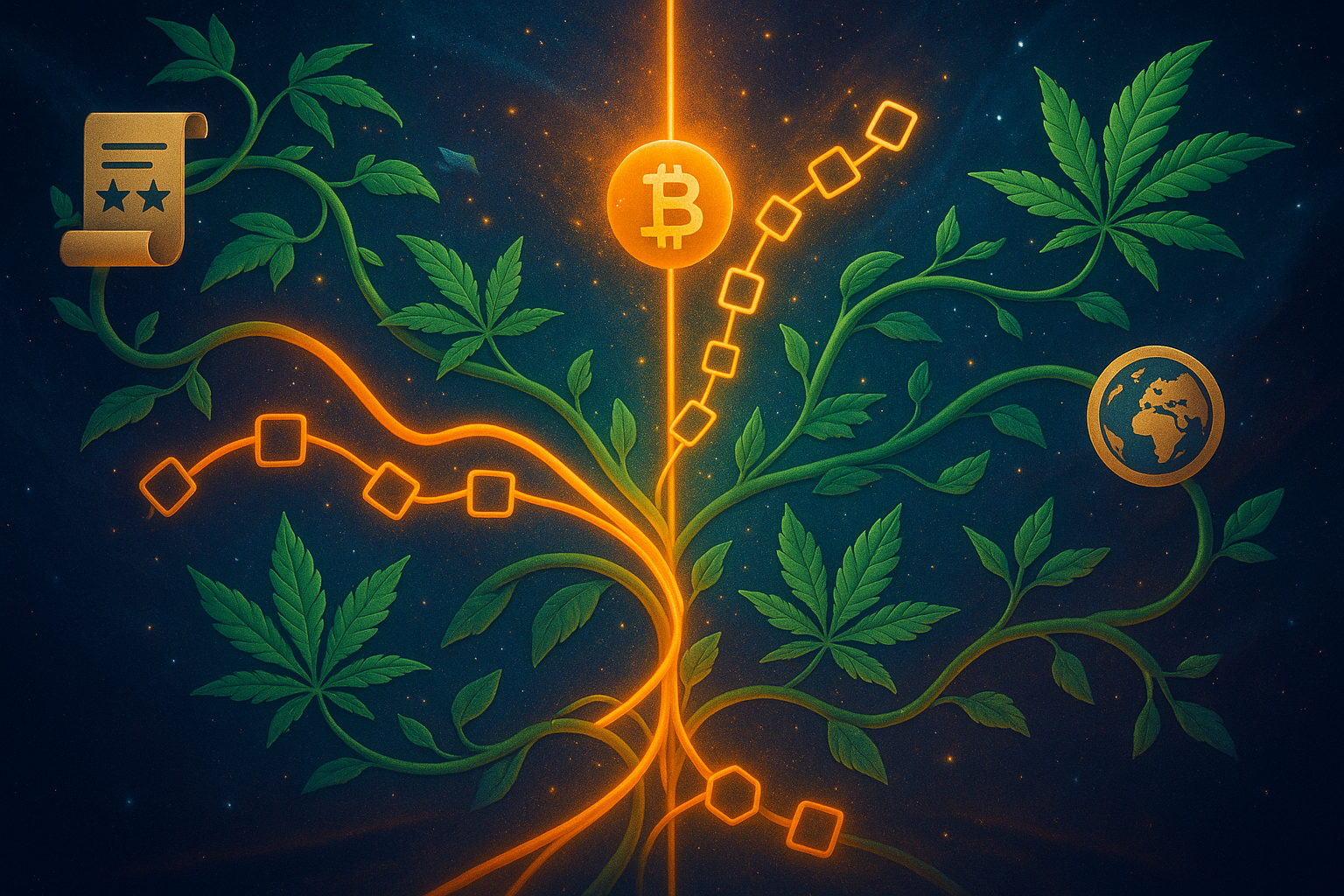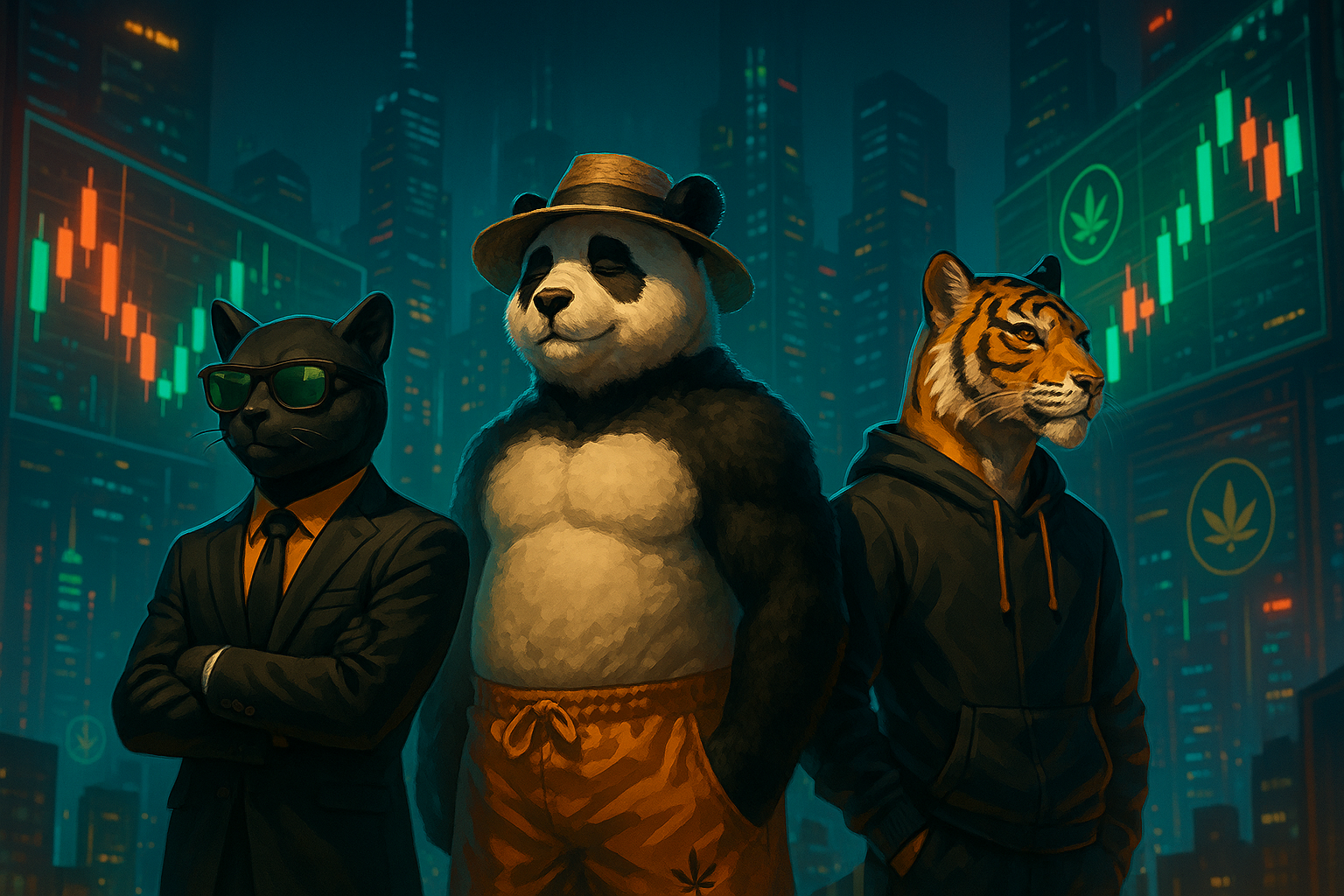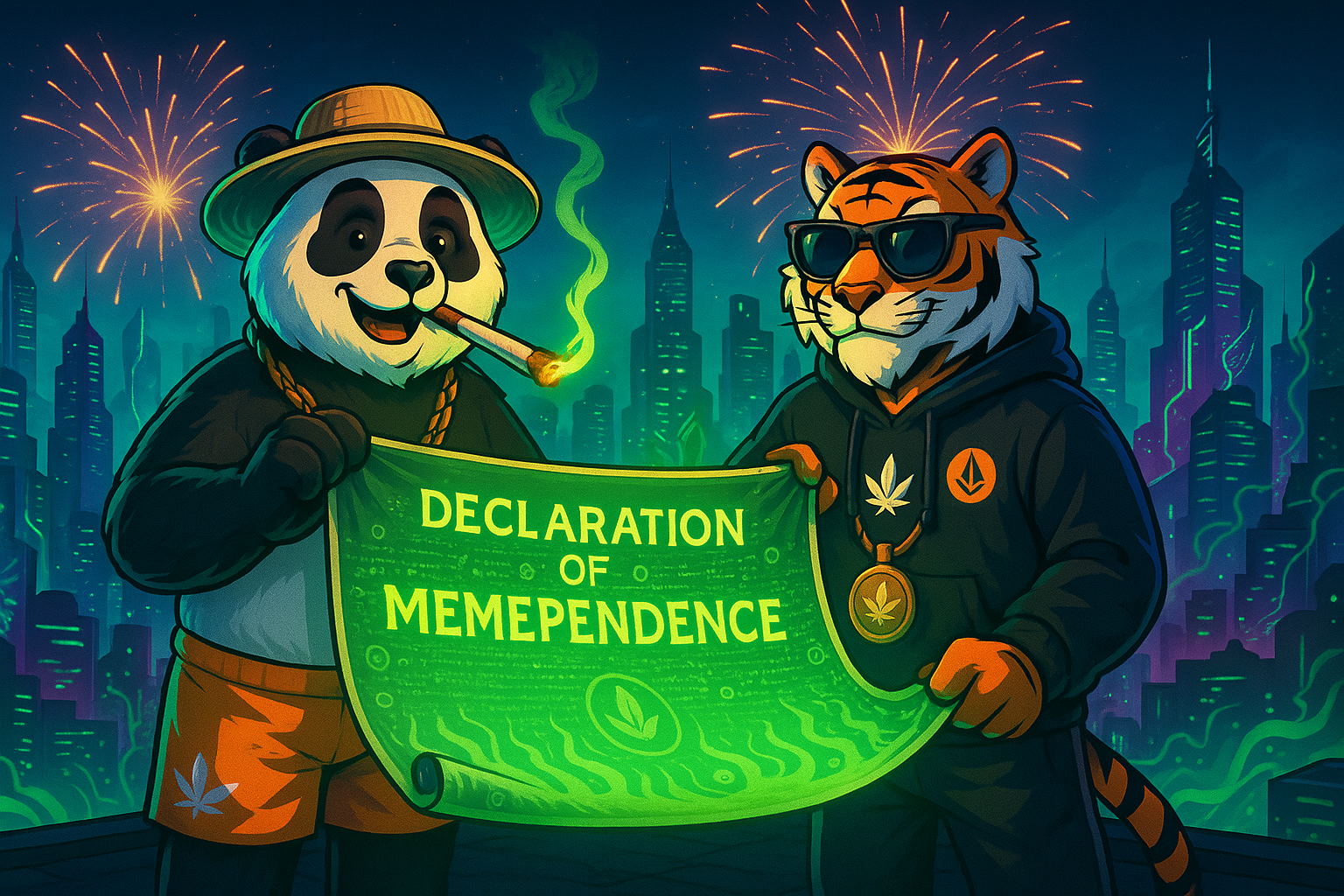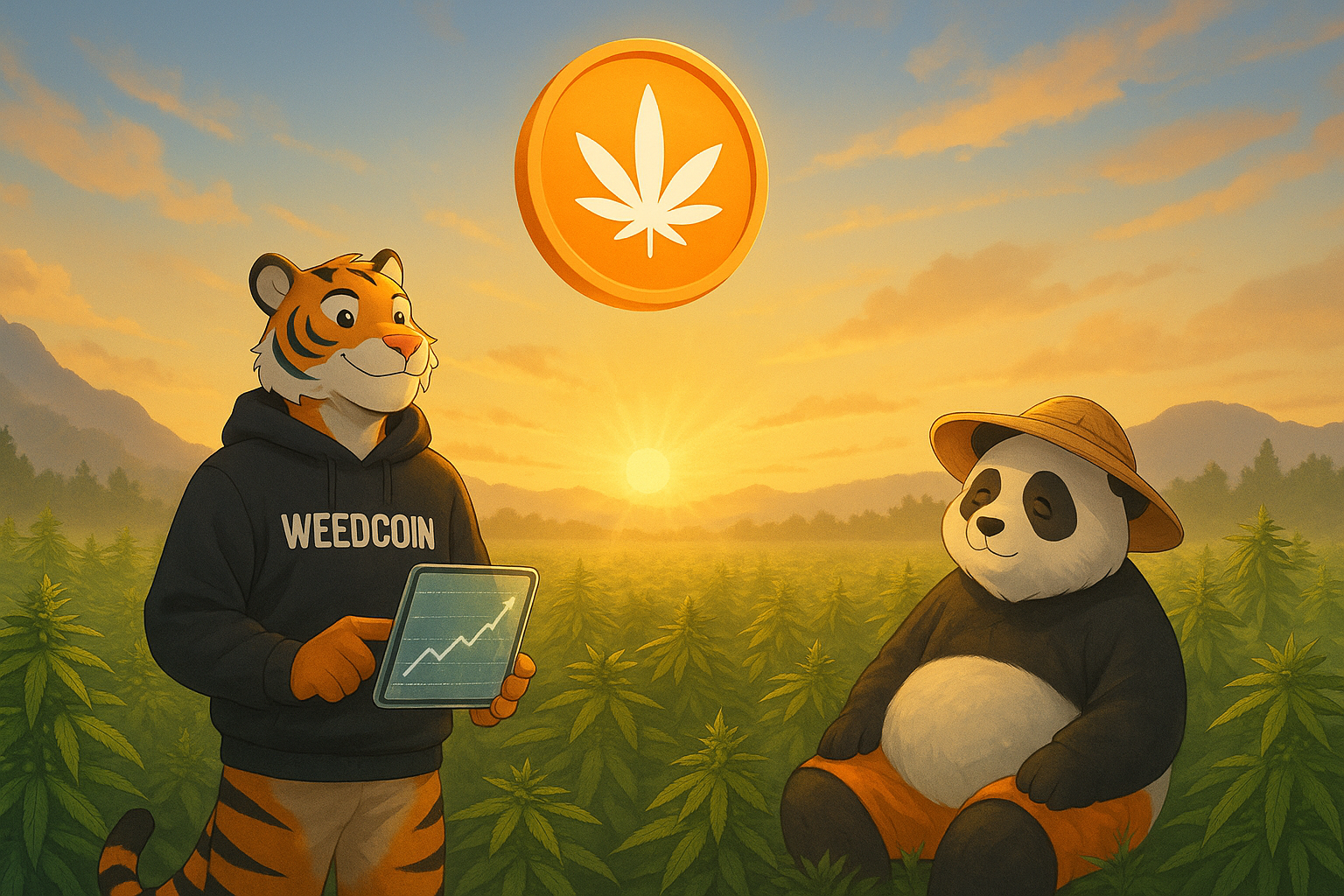How Cannabinoids Work: Unlocking the Therapeutic Power of Medical Marijuana
The Mechanisms Behind Weed’s Healing Effects
Cannabinoids are the magic behind medical marijuana’s ability to heal, but how exactly do they work in the body? At Weedcoin, we’re diving deep into the science of cannabis through the MediWeed Hub, sharing insights with irie vibes. In this article, we’ll explore the mechanisms of how cannabinoids like THC and CBD interact with the body, their effects on the endocannabinoid system (ECS) and other pathways, their therapeutic applications, and how to use them effectively. Understanding these mechanisms can empower you to make the most of medical weed—let’s uncover the science!

Cannabinoids work primarily by interacting with the endocannabinoid system (ECS), a network of receptors, endocannabinoids, and enzymes that regulates homeostasis in the body. THC, the psychoactive cannabinoid, binds directly to CB1 receptors in the brain and central nervous system, mimicking the endocannabinoid anandamide. This binding alters neurotransmitter release—such as dopamine and GABA—producing effects like euphoria, pain relief, and appetite stimulation. A 2016 study in Pain found that THC reduced neuropathic pain by 30% in patients by dampening pain signals in the brain, demonstrating its CB1-mediated effects (Mayo Clinic). THC also activates CB1 receptors in the hypothalamus to increase appetite, making it effective for chemotherapy patients or those with HIV/AIDS-related wasting syndrome.
CBD, the non-psychoactive cannabinoid, works differently, with a more indirect effect on the ECS. Instead of binding to CB1 or CB2 receptors, CBD inhibits the enzyme FAAH (fatty acid amide hydrolase), which breaks down anandamide, thereby increasing anandamide levels in the body. This boosts the ECS’s natural pain-relieving and anti-inflammatory effects, as anandamide activates CB1 and CB2 receptors. CBD also interacts with non-ECS receptors, such as TRPV1 (involved in pain and temperature regulation) and 5-HT1A (serotonin receptors, for mood and anxiety). A 2019 study in The Journal of Clinical Psychiatry found that CBD reduced anxiety in 79% of participants, likely through its serotonin receptor activity, making it a versatile option for mental health conditions (Harvard Health).
Beyond the ECS, cannabinoids influence other physiological pathways to produce therapeutic effects. THC activates PPAR-gamma receptors, which regulate inflammation and metabolism, contributing to its anti-inflammatory effects in conditions like arthritis. CBD interacts with GPR55 receptors, which are involved in seizure activity, explaining its efficacy in epilepsy—Epidiolex, a CBD-based drug, reduced seizures by 39% in Dravet syndrome patients in a 2017 study (NIDA). CBD also modulates adenosine receptors, which reduce inflammation and protect against oxidative stress, potentially benefiting neurodegenerative conditions like Parkinson’s disease. These diverse mechanisms highlight why cannabinoids can treat a wide range of conditions, from pain to neurological disorders.
The entourage effect plays a crucial role in how cannabinoids work, amplifying their effects through synergy with terpenes and other cannabis compounds. For example, the terpene myrcene enhances THC’s ability to cross the blood-brain barrier, increasing its potency for pain relief, while beta-caryophyllene directly activates CB2 receptors to reduce inflammation, as noted in a 2013 study in The British Journal of Pharmacology. A strain like Girl Scout Cookies, rich in beta-caryophyllene, might be more effective for inflammatory pain than THC alone. This synergy explains why whole-plant cannabis or full-spectrum extracts are often more effective than isolated cannabinoids like synthetic THC (e.g., dronabinol), which lack the full range of compounds.
The method of consumption and dosage also influence how cannabinoids work in the body. Inhalation (smoking or vaping) delivers cannabinoids to the bloodstream quickly—effects start within 2–5 minutes—making it ideal for acute symptoms like nausea or breakthrough pain (Lyphe Clinic). Edibles, which are metabolized by the liver, convert THC into 11-hydroxy-THC, a more potent form that crosses the blood-brain barrier more effectively, leading to longer-lasting effects (6–8 hours) but a delayed onset (30–60 minutes). Tinctures, taken sublingually, bypass liver metabolism, providing effects within 15–30 minutes and lasting 4–6 hours, offering a balance of speed and duration. The choice of method depends on the condition—vaping for immediate relief, edibles for sustained effects, or tinctures for precise dosing.
Individual factors like metabolism, tolerance, and ECS tone (baseline activity) affect how cannabinoids work, requiring personalized approaches. For example, a patient with a fast metabolism might need higher doses of edibles, as the liver metabolizes THC more quickly, while someone with a low tolerance might find 2.5 mg THC sufficient for pain relief. Genetic variations in CB1 receptor expression can also influence response—some individuals may be more sensitive to THC’s psychoactive effects, experiencing anxiety at lower doses. Patients should start with low doses (e.g., 2.5 mg THC or 5 mg CBD) and titrate up slowly, monitoring their response to find the optimal dose for their needs, as recommended by the Mayo Clinic.
Cannabinoids’ therapeutic potential is further enhanced by their ability to target multiple systems simultaneously, offering holistic benefits. For instance, a cancer patient using a THC-CBD tincture for nausea might also experience reduced anxiety (via CBD’s serotonin effects) and improved sleep (via THC’s CB1 activation), addressing multiple symptoms at once. However, long-term use requires caution—chronic THC use can downregulate CB1 receptors, leading to tolerance, while CBD may cause mild side effects like fatigue in high doses. Regular breaks (tolerance breaks) and medical oversight can help maintain efficacy, ensuring cannabinoids remain a powerful tool for healing.
Practical Tips
- Choose the Right Method: Use vaping for acute symptoms (e.g., nausea, 2.5 mg THC), edibles for chronic conditions (e.g., pain, 5 mg THC), or tinctures for balanced effects (e.g., 5 mg CBD).
- Leverage the Entourage Effect: Opt for full-spectrum products with terpenes like myrcene (pain) or linalool (anxiety) to enhance cannabinoid effects.
- Start Low and Go Slow: Begin with 2.5 mg THC or 5 mg CBD, increasing by 1–2 mg every few days to find your optimal dose without side effects.
- Consider Your Metabolism: If using edibles, account for liver metabolism—start with a lower dose if you have a fast metabolism to avoid overconsumption.
- Take Tolerance Breaks: Pause cannabis use for 48 hours every few weeks to prevent CB1 receptor downregulation and maintain effectiveness.
Key Takeaways
- Cannabinoids like THC work by binding to CB1 receptors, relieving pain and nausea, while CBD boosts anandamide and influences serotonin for anxiety relief.
- CBD also targets non-ECS pathways like TRPV1 and GPR55, reducing seizures and inflammation, as seen in epilepsy treatments like Epidiolex.
- The entourage effect enhances cannabinoid efficacy—terpenes like beta-caryophyllene amplify anti-inflammatory effects, making full-spectrum products more effective.
- Inhalation provides rapid relief (2–5 minutes), edibles offer long-lasting effects (6–8 hours), and tinctures balance speed and duration (15–30 minutes).
- Individual factors like metabolism and tolerance affect response—start low, adjust slowly, and take breaks to maintain efficacy over time.

